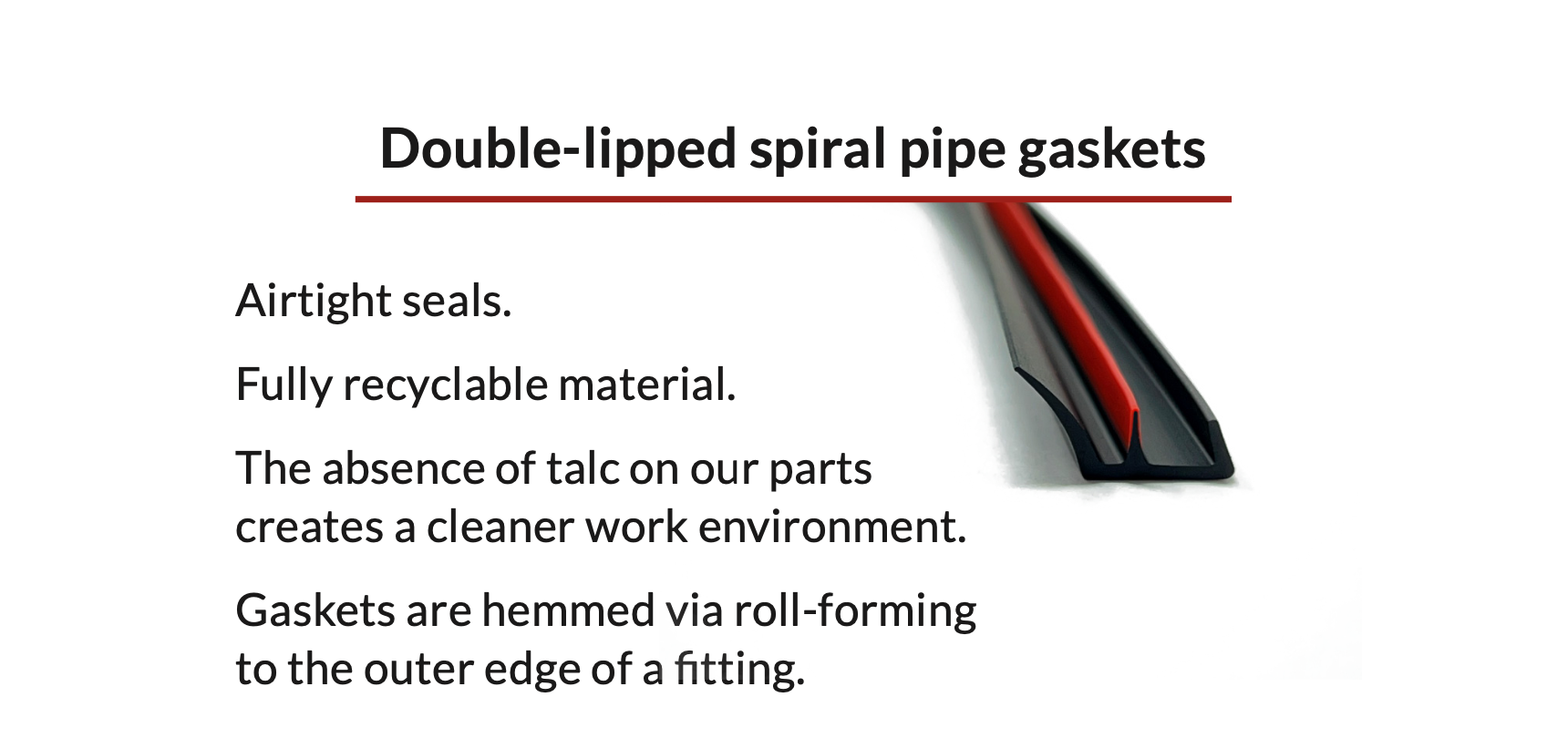Germicidal ultraviolet light has long been known to be effective in destroying both airborne and surficial bacterial and viral microbes. There are thousands of potential applications in hospitals and homes, and with the massive public interest in protection from airborne viruses, this technology will only become more prevalent.
According to a paper by Daniel Jones and Michael Ivanovich, published by AMCA (Air Movement & Control Association) in 2020, there are three main approaches to using UV-C to disinfect ambient air. The first is a unit mounted on the wall near the ceiling, that circulates and disinfects the air for one room. The second treats the air as it moves through the ducts. The third treats the surfaces on the heating/cooling coils, where the bacteria or virus might otherwise accumulate. Each approach has benefits and limitations.
What the article did not address is the need for robust components in a system that emanates intense light radiation. While most of the components are metal and are largely unaffected by UV light, the rubber and plastic components could degrade quickly, depending on the intensity of the exposure. Moreover, AMCA’s Certified Ratings Program (CRP), which has long set the standard for excellence in air handling equipment, only tests new units, and does not concern itself with deterioration over time.
Many, but not all, air systems use rubber or plastic seals for increased efficiency and insulation. Examples include: dampers and economizer blade seals; labyrinth seals on energy recovery wheels; and spiral-wound pipe gaskets.

Some manufacturers still use flexible PVC for their air handling systems to reduce cost. While this might save a few dollars, PVC is never recommended for long-term performance, especially when exposed to extreme temperatures. As systems add UVGi to the environment, PVC components will deteriorate even faster.
Other alternatives include silicone, EPDM, and thermoplastic rubber. All three elastomers will hold up well to temperature extremes and UV exposure. We like thermoplastic rubber (Thermoplastic Vulcanizate, or TPV) because it also has a very low surface energy, meaning that nothing much will adhere to it. This particularly useful trait allows a system to perform like new for over 30 years.
Reed Rubber Products has been supplying TPV seals to the HVAC industry since 1985. In those nearly 40 years, we have acquired lots of experience with optimal seal design. We’d love to work with you to come up with the best seal for your application. We might even have something “on the shelf” that will work for you. Give us a call!
